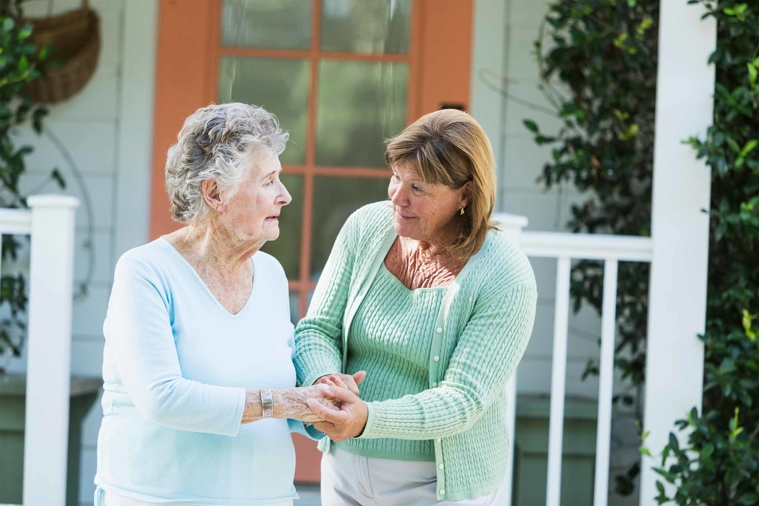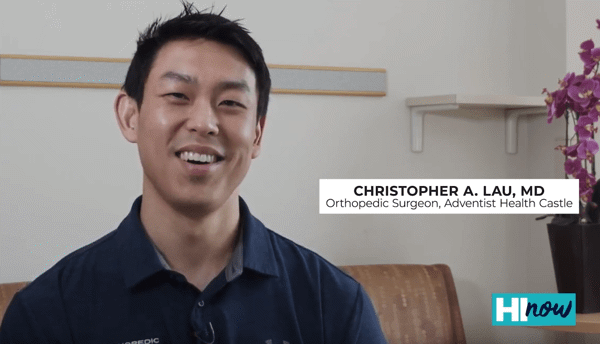Breast cancer: Hereditary factors, genetics and testing options
Oct 1, 2021

When it comes to cancer prevention, there are some ways you can lower your risk. You can eat more fruits and vegetables, exercise regularly and keep stress in check. But there are somerisk factors you can’t change.
Experts believe that up to about 1 in 10 breast cancers have a hereditary factor. A hereditary factor is not exactly the same as having a family history of breast cancer, although there can be overlap. Instead, hereditary factors are changes (mutations) in certain genes that you inherited from your parents.
What gene mutations should I know about?
The most common gene mutation that can lead to breast cancer is a change in the BRCA1 or BRCA2 gene. If you have one of these gene mutations, on average, you have a 70% chance of developing breast cancer.
Your risk also increases if you have a family history of breast cancer. Having a family history of breast cancer means that someone in your immediate family—sister or mother, for example—had breast cancer. While family history plays a significant role in your overall risk, it is important to note that most women diagnosed with breast cancer don’t have a family history of the disease.
How do I know if I have a gene mutation?
If you have a known family history of the BRCA mutation or other BRCA-related risk factors, your healthcare provider may recommend genetic testing. Genetic tests involve a blood draw, saliva test or cheek swab to get a sample of your DNA. Then, the sample goes to a lab for testing.
You may have genetic testing to look for a specific gene mutation, or to look for many mutations. The testing approach depends on your specific risk factors and your provider’s recommendation.
It’s important to meet with a genetic counselor to talk about your test. While genetic testing is a helpful tool, it is not always perfect. A genetic counselor can walk you through what test results mean and what you can do based on those results. With the help of your genetic counselor and healthcare provider, you can come up with a breast cancer risk reduction plan that’s appropriate for you.
What should I do if I have the BRCA mutation?
If your test results come back positive for a BRCA1 or BRCA2 mutation, it can be natural to feel a little nervous. But it’s important to understand that many gene mutations never turn into cancer. And, there are things you can do both to lower your overall risk and to be proactive about early detection. The good news is that when breast cancer is caught early—when it has not spread outside the breast—thefive-year survival rateis 99%.
You may need to start screening mammograms at a younger age than usual. You may also need additional types of screenings, such as a breast MRI or ultrasound. Some women choose preventive surgery such as a mastectomy to reduce their breast cancer risk. You and your healthcare provider work together to come up with the plan that is best for your risk factors and personal preferences.
Get your screening mammogram
No matter if you have hereditary risk factors, it’s important to get regular screening mammograms for breast cancer. In women over 50, screening mammograms are up to 87% accurate, meaning they detect breast cancer accurately nearly 9 out of 10 times.
Especially if youskipped your mammogram last year, it’s crucial to get one this year. Speak with your doctor about scheduling your mammogram orfind a providernear you.


